America’s wild places tell a different story depending on how you like to explore: bold or cautious, spontaneous or methodical. That’s the fun challenge we set out to solve – matching each zodiac’s curiosity with the right state and the right wildlife moment. Astrology isn’t science, but personality is a useful lens, and the map of U.S. habitats is vast enough to meet every kind of seeker. Think of this as a field guide for temperament, where restless signs chase migrations and reflective signs read the quiet of tide pools. The goal is simple: turn fascination into sightings, and sightings into care for the species that make these landscapes hum.
The Hidden Clues

Every memorable wildlife trip starts with a clue, and the United States offers thousands – from fresh wolf tracks in Wyoming’s snow to the low boom of surf near California’s elephant seals. Personality shapes how we notice those clues, and that’s where the zodiac becomes a playful sorting hat for adventure styles. Impulsive travelers often catch action at the edge of daybreak, while patient observers crack the code of a beaver pond by standing still longer than feels comfortable.
In my own field notebook, the best sightings happen when behavior meets habitat at the right season, and when I let mood guide the day’s route. With that in mind, we’ve grouped signs by element to match the places where each style tends to thrive. The science stays front and center: understand migration timing, breeding cycles, and viewing ethics, and the odds of a real encounter rise fast.
Fire Signs on the Move (Aries, Leo, Sagittarius)
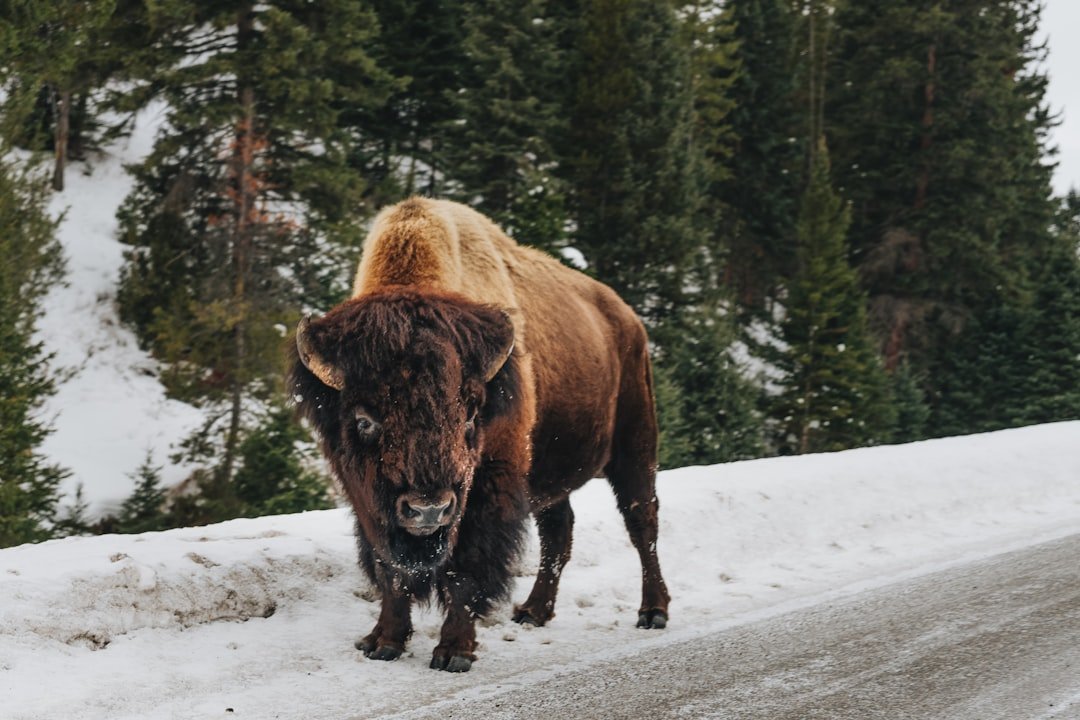
Fire signs want drama, and few stages beat Wyoming’s Yellowstone in late fall when bison gather and wolves test the edges of the herds. Aries thrives on the Lamar Valley’s brisk hikes and fast decisions, where scanning ridgelines with a spotting scope pays off in moving silhouettes at first light. Leo, drawn to charismatic megafauna, often finds the show in Florida’s Everglades – alligators along boardwalks, roseate spoonbills sweeping low, and the quiet thrill of knowing panthers still pad through Big Cypress. Sagittarius will roam farther, and New Mexico’s Bosque del Apache delivers wide horizons with mass lift‑offs of cranes and geese that ripple like a living weather front.
For a desert counterpoint, Arizona’s Vermilion Cliffs offers a high‑stakes quest: searching the sky for California condors, a conservation comeback measured one wing tag at a time. Quick tip for all three: pick shoulder seasons, stalk dawn and dusk, and bring patience disguised as momentum.
Earth Signs, Patient and Precise (Taurus, Virgo, Capricorn)
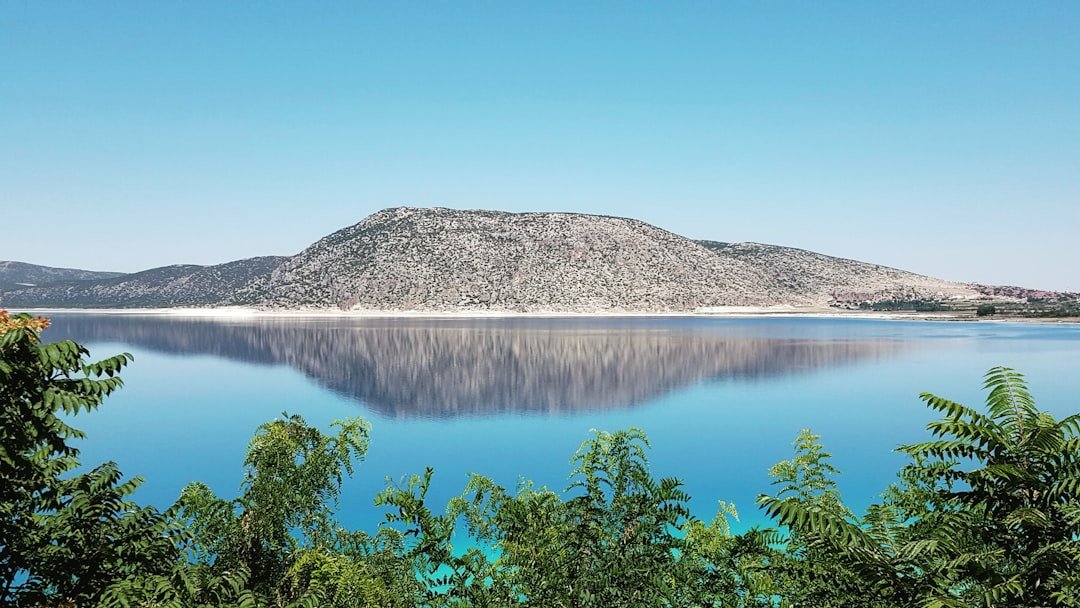
Earth signs read landscapes like a ledger, and California’s Point Reyes rewards that steadiness with tule elk on fog-laced hills and elephant seals piled like driftwood on winter beaches. Taurus tends to linger, noticing the texture of sedges and the rhythm of elk bugles, and that slowness uncovers scenes hurried travelers miss. Virgo finds an ideal laboratory in Minnesota’s Boundary Waters, where loons call across tannin-dark lakes and beavers engineer wetlands that double as crash courses in ecosystem services.
Capricorn likes vertical stories, so Montana’s Glacier and Colorado’s high passes offer mountain goats, pika among talus, and the hard data of elevation gradients shaping who survives where. Fieldcraft matters here: track wind direction, minimize noise, and look for feeding sign – nipped stems, scat, and fresh dig marks betray the daily accounting of wild lives. These trips feel like solving tidy puzzles, calm and deeply satisfying.
Air Signs, Restless and Quick (Gemini, Libra, Aquarius)
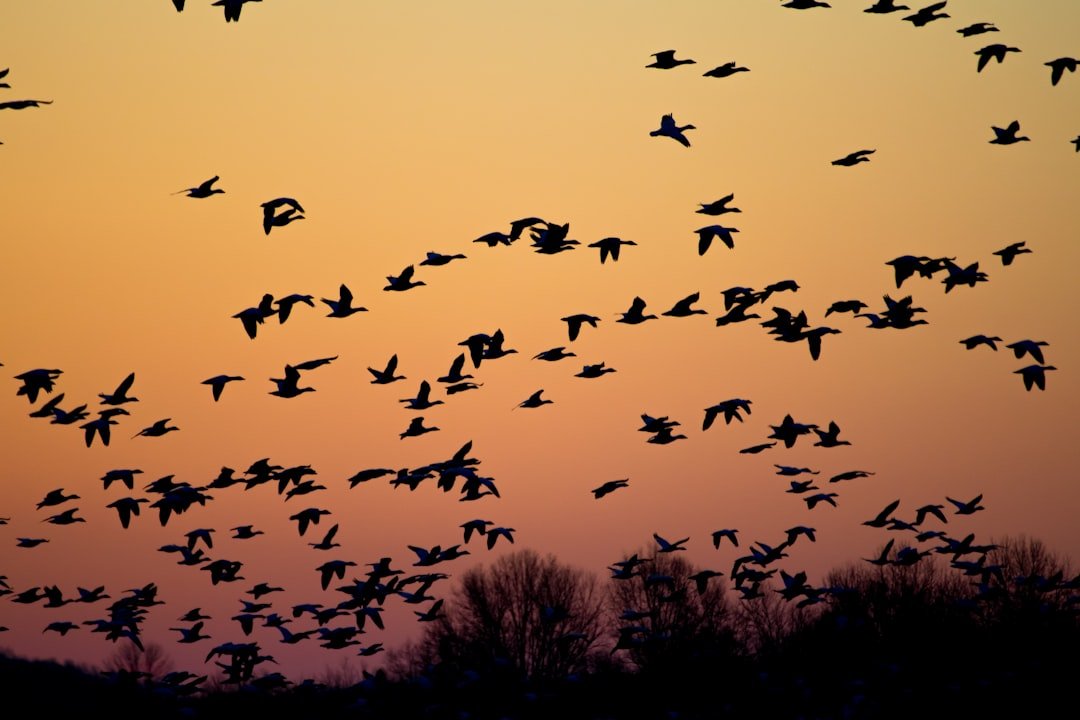
Air signs chase patterns in the sky, which makes New Jersey’s Cape May a natural magnet when migration funnels hawks, warblers, and monarchs along the Atlantic flyway. Gemini thrives on rapid-fire ID challenges, cycling between lighthouse, dunes, and watch platforms as species turnover rewrites the checklist by the hour. Libra seeks balance and spectacle together, so Texas presents an elegant choice: the vast dusk emergences of free-tailed bats from Hill Country caves, matched with mornings on the Gulf Coast scanning shorebirds.
Aquarius leans experimental and visionary, and Arizona’s condor country doubles as a story of high-tech conservation – DNA records, telemetry, and careful releases that stitch a species back across cliffs and canyons. Winds, fronts, and barometric dips are the secret script; read them and your odds soar with the raptors. Bring a small notebook, because in places like these the sky becomes an archive.
Water Signs, Deep and Magnetic (Cancer, Scorpio, Pisces)
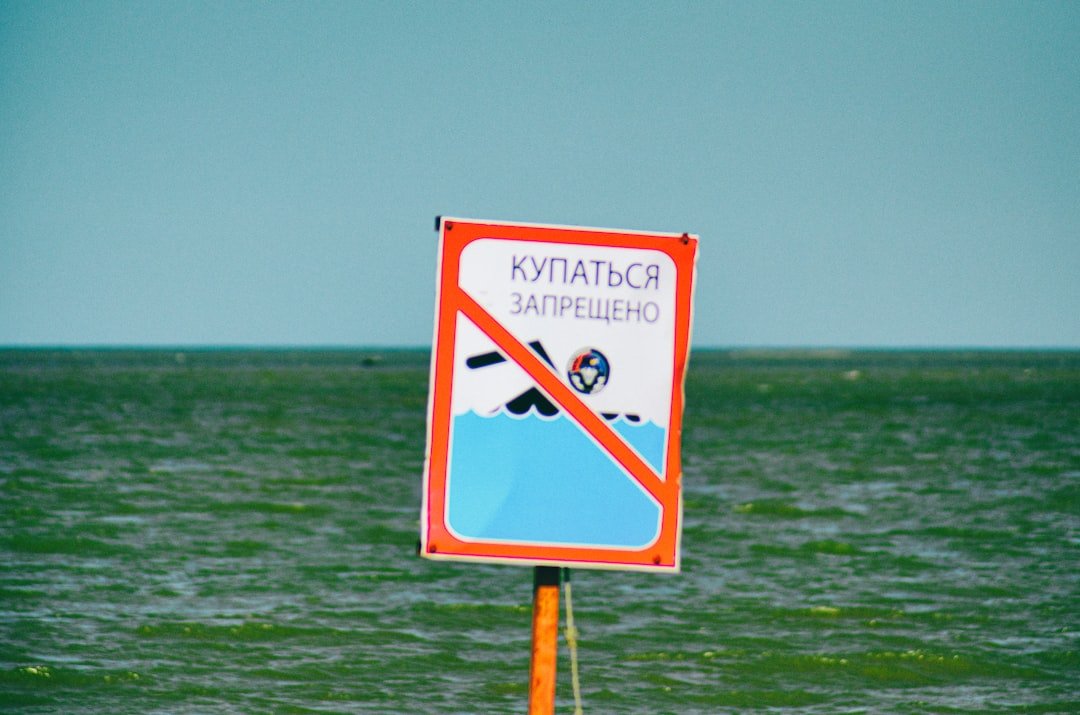
Water signs feel most alive where tides, springs, and currents write the day’s agenda, and Maine’s Acadia offers tide pools rich with anemones, periwinkles, and the patient drama of barnacles feeding. Cancer is at home watching harbor seals pop like punctuation offshore while oystercatchers work the wrack line with comic determination. Scorpio prefers intensity, which the Louisiana Atchafalaya delivers in swamp shadows, gator eyes, and migratory songbirds threading cypress cathedrals during spring. Pisces, drawn to gentleness, will find Florida’s Crystal River serene, where manatees drift in warm springs like slow-moving constellations under glassy water.
For a bioluminescent twist, Puerto Rico would be perfect, but staying state-side, look to Florida’s summer bays for plankton glows that kindle on a paddle stroke. Tidal charts, moon phases, and recent water temperatures are the quiet instruments that tune these trips just right.
Why It Matters
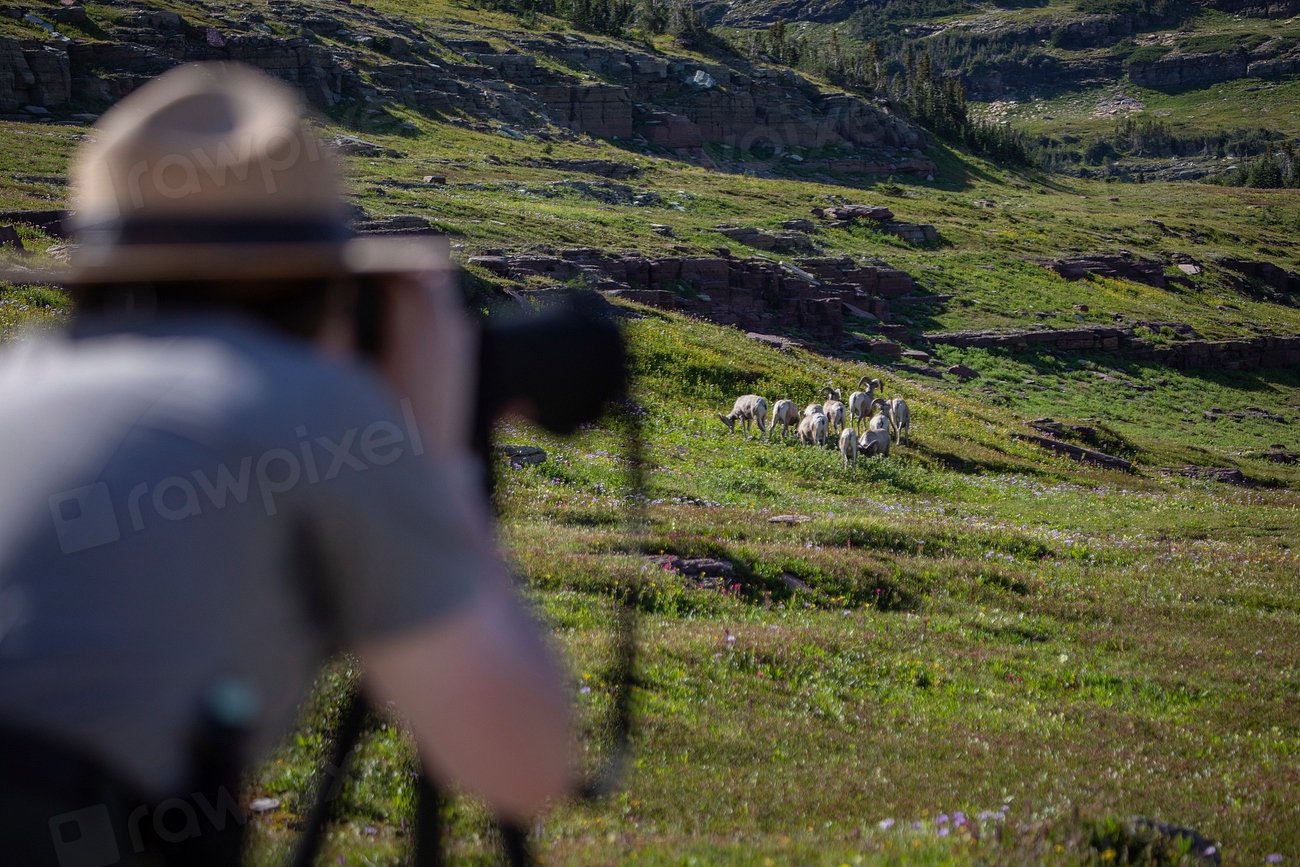
Pairing personality with place does more than make good vacations; it channels attention to the right conservation stories at the right time. Wildlife viewing supports research and protection when done with ethics – staying on trails, giving distance, and reporting notable sightings to park biologists or community science platforms that aggregate observations for trend analysis. Traditional guidebooks list prime sites, but this approach adds a behavioral layer, helping people commit to early alarms, rough weather, or quiet observation because the plan fits who they are. The payoff can be meaningful: better data quality from engaged observers, steadier local economies near protected areas, and more public support for habitat corridors during contentious planning debates. Consider a few grounding facts that give this approach weight.
- Roughly about one third of U.S. land is publicly owned, creating broad access for responsible wildlife watching.
- North America has lost about three billion birds since 1970, underscoring the value of attentive eyes in the field during migration counts.
- Over eighty million Americans participate in some form of wildlife watching, a cultural force that can steer policy and funding.
The Future Landscape
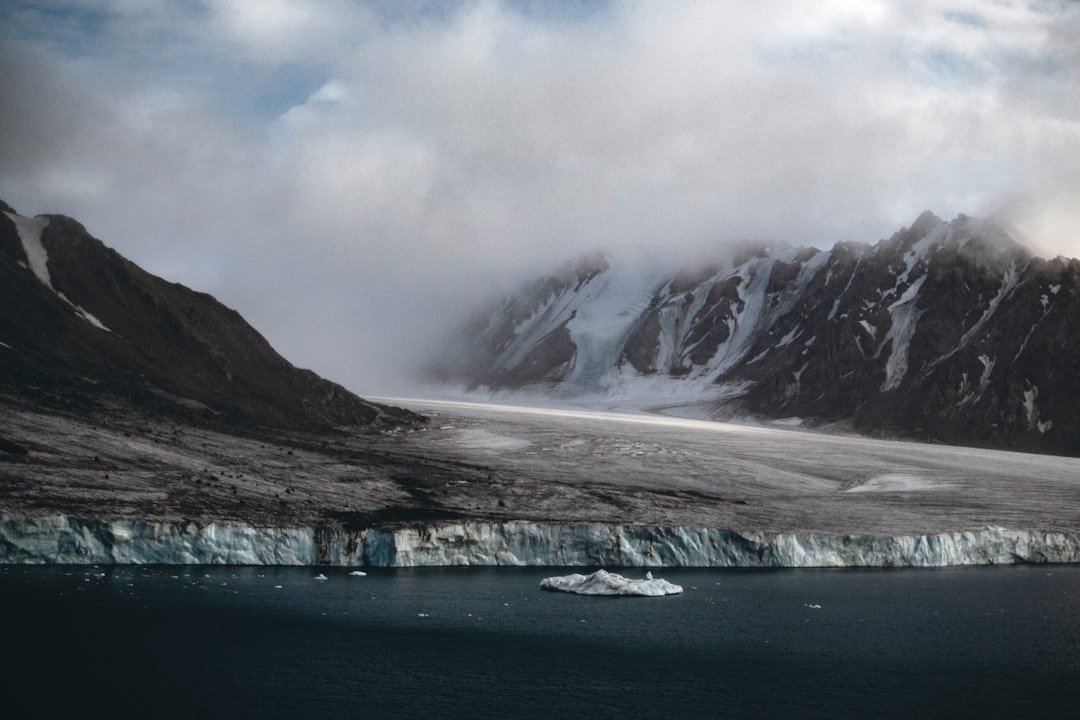
Climate patterns are nudging migrations, breeding windows, and wildfire regimes, which means tomorrow’s “right place, right time” won’t always match yesterday’s maps. For travelers, that calls for flexible itineraries and a habit of checking recent sightings, water levels, and phenology updates before you lock in a route. Technology is sharpening the picture: satellite tags, automated acoustic monitors, eDNA sampling from water, and AI-powered image recognition are feeding near‑real‑time distribution models.
On the ground, tribes and local communities are leading restoration that reconnects floodplains, prairies, and long-blocked fish runs, creating new viewing hotspots that double as resilience projects. Expect more wildlife crossings along highways, more dark-sky designations to protect nocturnal behavior, and more managed retreat along coasts to make room for marsh migration. The smart bet is on dynamic trip planning that follows the science as it updates.
Conclusion
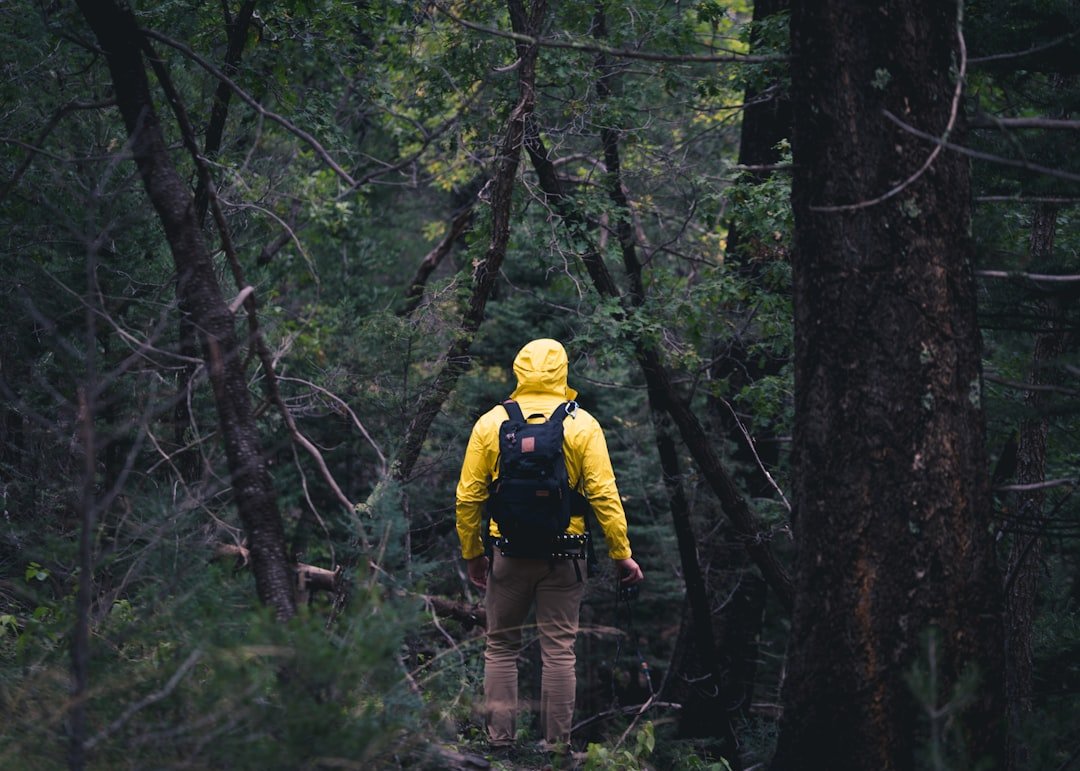
Choose one element-aligned trip this year and treat it like a micro‑exp: learn the species list, the seasonal calendar, and the etiquette that keeps animals wild. Book local guides when you can; your dollars strengthen community stewardship and expand the base of people who know these places intimately. Log observations to community science platforms after each outing, even the “nothing seen” notes that help map absence as carefully as presence.
Travel light on habitats – no playback calls, no baiting, and plenty of space – so the next traveler meets unaltered behavior. Share the story afterward, not just the photos, because what sticks is the understanding of why these species are where they are. Then pick a second destination out of your comfort zone; curiosity grows fastest on unfamiliar ground.

Suhail Ahmed is a passionate digital professional and nature enthusiast with over 8 years of experience in content strategy, SEO, web development, and digital operations. Alongside his freelance journey, Suhail actively contributes to nature and wildlife platforms like Discover Wildlife, where he channels his curiosity for the planet into engaging, educational storytelling.
With a strong background in managing digital ecosystems — from ecommerce stores and WordPress websites to social media and automation — Suhail merges technical precision with creative insight. His content reflects a rare balance: SEO-friendly yet deeply human, data-informed yet emotionally resonant.
Driven by a love for discovery and storytelling, Suhail believes in using digital platforms to amplify causes that matter — especially those protecting Earth’s biodiversity and inspiring sustainable living. Whether he’s managing online projects or crafting wildlife content, his goal remains the same: to inform, inspire, and leave a positive digital footprint.




